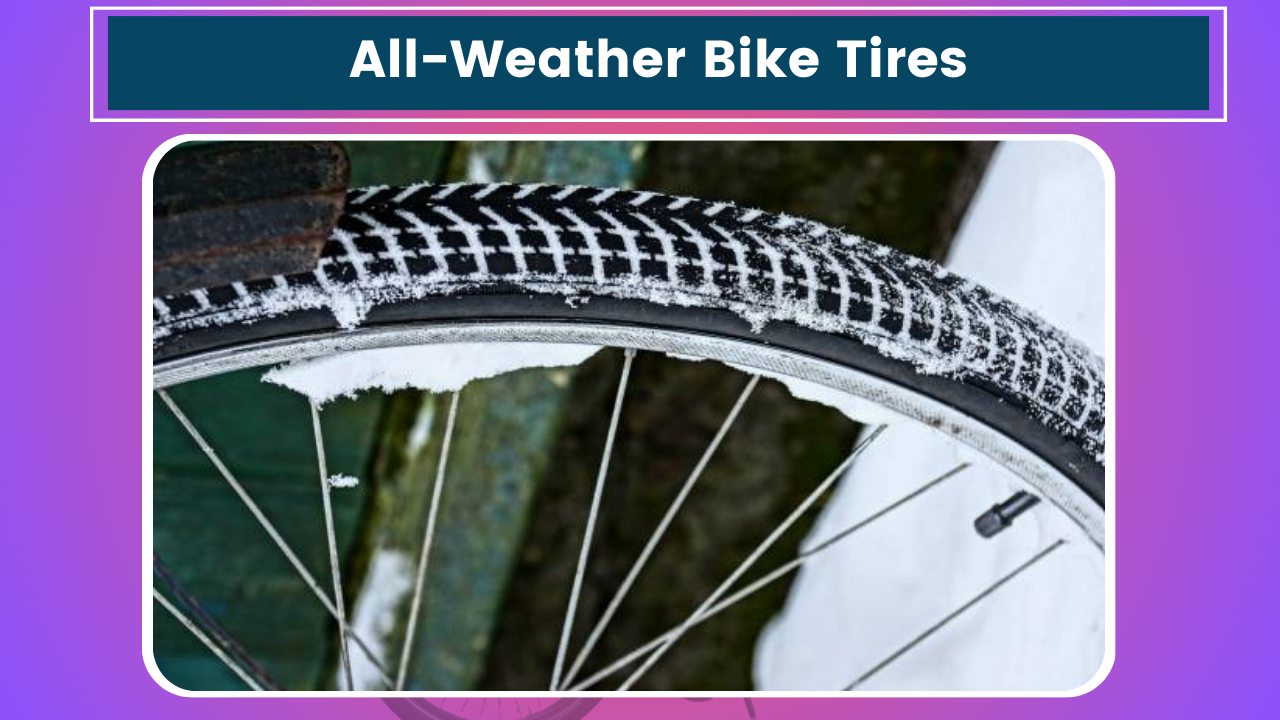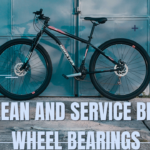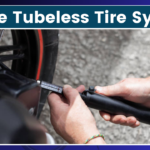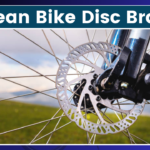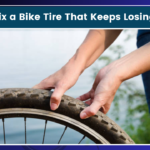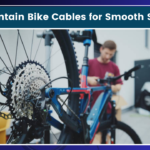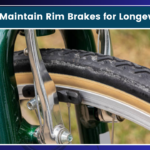Hey there, fellow cyclists! As I sit here sipping my morning coffee and gazing out at the gloomy sky, I can’t help but think about how the weather affects our beloved two-wheeled adventures. You know what I’m talking about – those days when you’re itching to go for a ride, but the unpredictable weather makes you hesitate. Well, I’ve got some good news for you: all-weather bike tires are here to save the day!
I’ve been cycling for years now, and I’ve had my fair share of experiences with different tire types. But let me tell you, discovering all-weather tires was a game-changer for me. So, grab a snack, get comfy, and let’s dive into the world of these versatile rubber companions that’ll keep you pedaling come rain or shine.
What Are All-Weather Bike Tires?
Alright, let’s start with the basics. All-weather bike tires are exactly what they sound like – tires designed to perform well in a variety of weather conditions. They’re the Swiss Army knives of the cycling world, offering a balance of features that make them suitable for dry roads, wet surfaces, and even light snow or ice.
These tires typically have a unique tread pattern that provides good grip in both dry and wet conditions. They’re made from rubber compounds that maintain flexibility across a wide range of temperatures, ensuring consistent performance whether it’s a scorching summer day or a chilly winter morning.
Why Choose All-Weather Tires?
Now, you might be wondering, “Why should I bother with all-weather tires when I could just swap between summer and winter tires?” Well, my friend, let me count the ways:
- Convenience: With all-weather tires, you don’t need to worry about changing your tires as the seasons shift. It’s one less thing to think about, leaving you more time to ride your bike.
- Cost-effective: Instead of buying two sets of tires, you only need one. Plus, you’ll save on the cost of having them changed (if you’re not into DIY bike maintenance like yours truly).
- Versatility: These tires are great for commuters or recreational riders who encounter varying conditions. You never know when a sunny day might turn into a sudden downpour – I’ve been caught in those more times than I’d like to admit!
- Performance: While they may not excel in extreme conditions like specialized tires, all-weather tires offer solid performance across a broad range of weather scenarios.
Features of All-Weather Bike Tires
Alright, now that we’ve covered the “why,” let’s get into the “what.” When you’re shopping for all-weather tires, keep an eye out for these features:
- Tread Pattern: Look for a tread that balances smooth-rolling center sections with grippier shoulder knobs. This design helps maintain speed on dry roads while providing traction in wet conditions.
- Rubber Compound: The best all-weather tires use compounds that stay pliable in cold temperatures without becoming too soft in the heat. Some even incorporate silica for improved wet grip.
- Puncture Protection: Many all-weather tires include additional layers or belts to help prevent flats. Trust me, you’ll appreciate this when you’re cruising over debris-strewn streets after a storm.
- Width: All-weather tires often come in slightly wider sizes to provide a larger contact patch for better grip in challenging conditions.
- Sidewall Construction: Look for reinforced sidewalls that can handle lower tire pressures, which can improve traction in wet or snowy conditions.
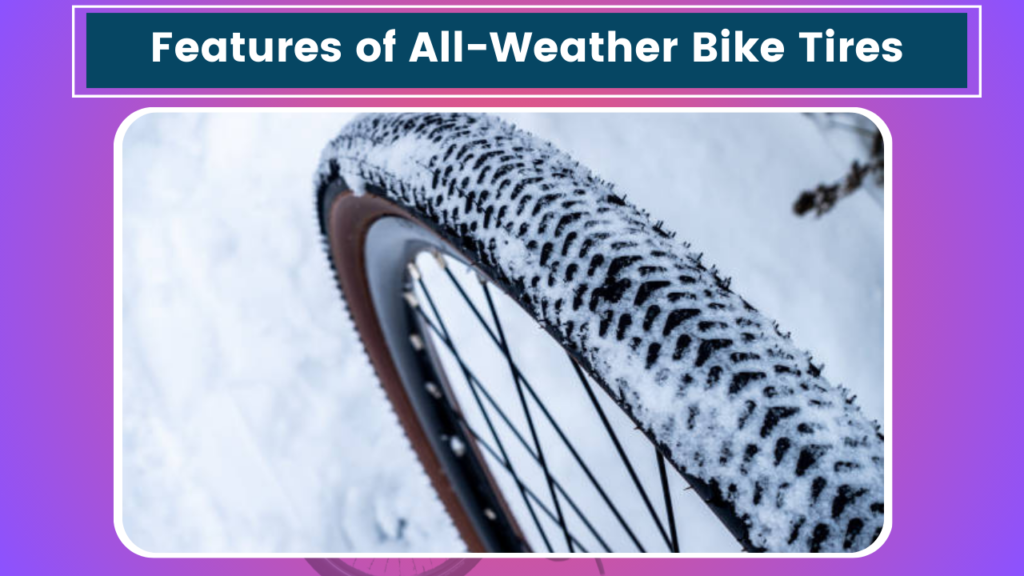
Top All-Weather Bike Tire Options
Now, I know you’re probably thinking, “Enough with the theory – what tires should I actually buy?” Well, I’ve tried quite a few over the years, and here are some of my top picks:
- Continental Grand Prix 4-Season: These bad boys have been my go-to for a while now. They offer excellent grip in wet conditions and have great puncture resistance. Plus, they roll pretty smoothly on dry roads too.
- Schwalbe Marathon Supreme: If you’re looking for something with a bit more durability, these are a solid choice. They’re a bit on the heavier side, but they’ll last you ages and can handle some light off-road action too.
- Panaracer GravelKing: Don’t let the name fool you – these tires are great for road riding in all conditions. They come in a variety of widths and have a versatile tread pattern that works well on both pavement and light gravel.
- Michelin Power All Season: These tires offer a great balance of performance and durability. They’ve got a nice, grippy compound and a tread pattern that sheds water effectively.
- Vittoria Corsa Control: If you’re after something a bit more race-oriented, these are worth checking out. They’re lightweight and fast-rolling but still offer good grip in wet conditions.
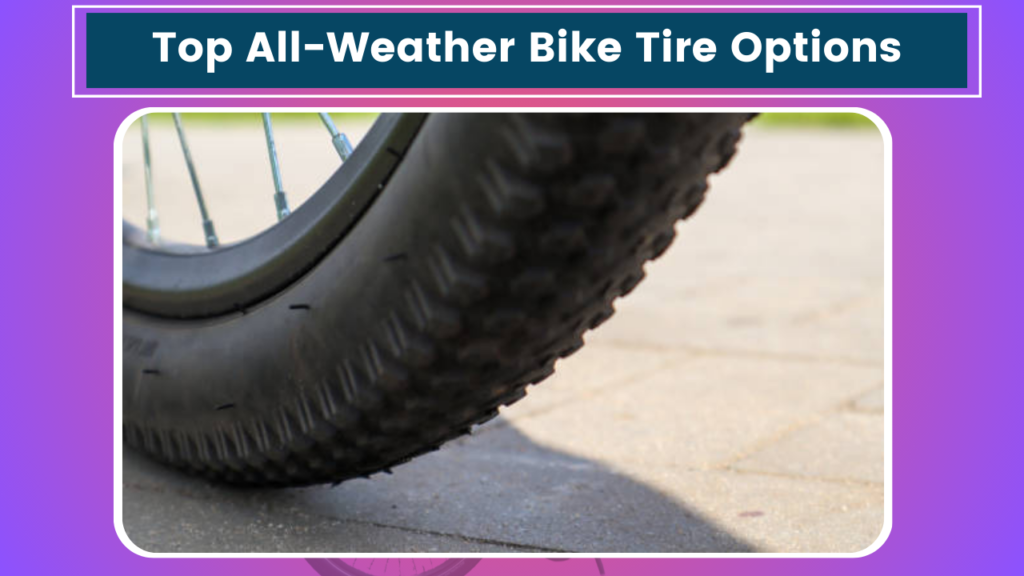
Tips for Using All-Weather Tires
Alright, so you’ve got your shiny new all-weather tires. Now what? Here are a few tips to help you get the most out of them:
- Tire Pressure: Don’t be afraid to experiment with slightly lower pressures in wet conditions. This can increase your contact patch and improve grip. Just be careful not to go too low, or you might risk pinch flats.
- Regular Inspection: Keep an eye on your tread wear. All-weather tires can wear unevenly if you’re doing a lot of riding in challenging conditions.
- Clean Your Tires: After riding on wet or muddy roads, give your tires a quick wipe-down. This can help prevent debris from working its way into the rubber and causing premature wear or punctures.
- Be Mindful of Limitations: While all-weather tires are versatile, they’re not miracle workers. In extreme conditions like heavy snow or ice, you might still need to consider more specialized options or alternative transportation.
- Rotate Your Tires: If you notice uneven wear, try swapping your front and rear tires. This can help extend their lifespan.
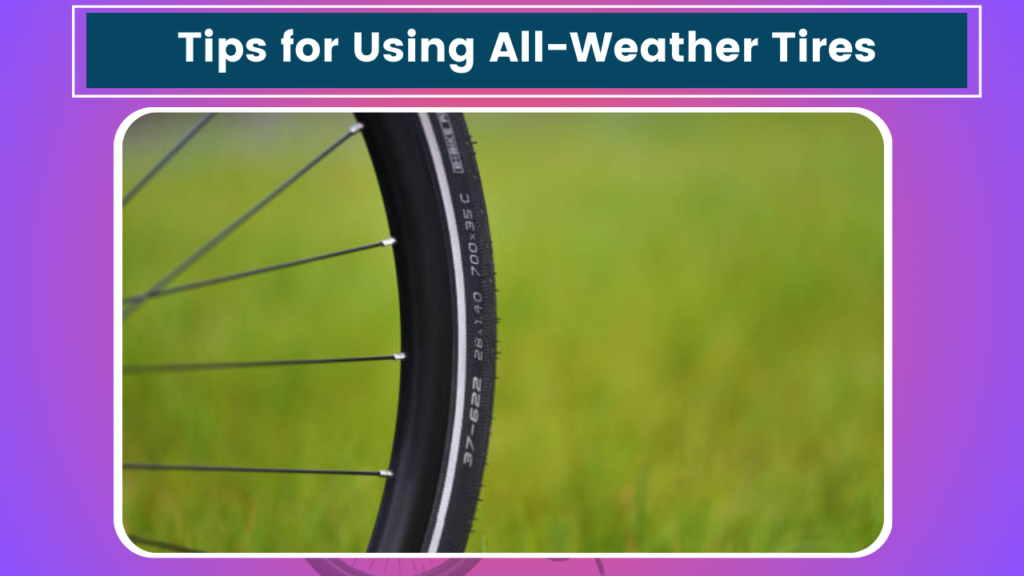
My Personal Experience with All-Weather Tires
You know, I remember the day I decided to switch to all-weather tires. I was commuting to work, and halfway through my ride, the skies opened up. I was slipping and sliding all over the place on my slick summer tires. By the time I got to the office, I looked like I’d been swimming in my clothes!
That evening, I headed straight to my local bike shop and picked up a set of all-weather tires. The difference was night and day. The next time I got caught in the rain, I felt so much more confident. Sure, I still got wet, but at least I wasn’t worried about wiping out on every corner.
Since then, I’ve put thousands of miles on various all-weather tires. I’ve ridden them through scorching summers and frigid winters, on smooth tarmac and rough country lanes. They’ve taken me on weekend adventures and gotten me to important meetings (albeit sometimes a bit sweaty).
Are they perfect? No, of course not. On the hottest days of summer, they don’t roll quite as fast as a pure summer tire. And in the depths of winter, they can’t match the grip of a studded ice tire. But for the other 90% of the time? They’re brilliant.
The Future of All-Weather Tires
As I wrap up this article (my coffee’s long gone by now), I can’t help but get excited about the future of all-weather tires. Tire technology is constantly evolving, and manufacturers are always looking for ways to improve performance and durability.
We’re seeing advancements in rubber compounds that offer even better grip across a wider temperature range. Some companies are experimenting with tread patterns that can adapt to different conditions. And there’s ongoing research into sustainable materials that could make these tires more environmentally friendly.
Who knows? Maybe in a few years, we’ll have tires that can change their tread pattern on the fly, or adjust their compound based on the temperature. A cyclist can dream, right?
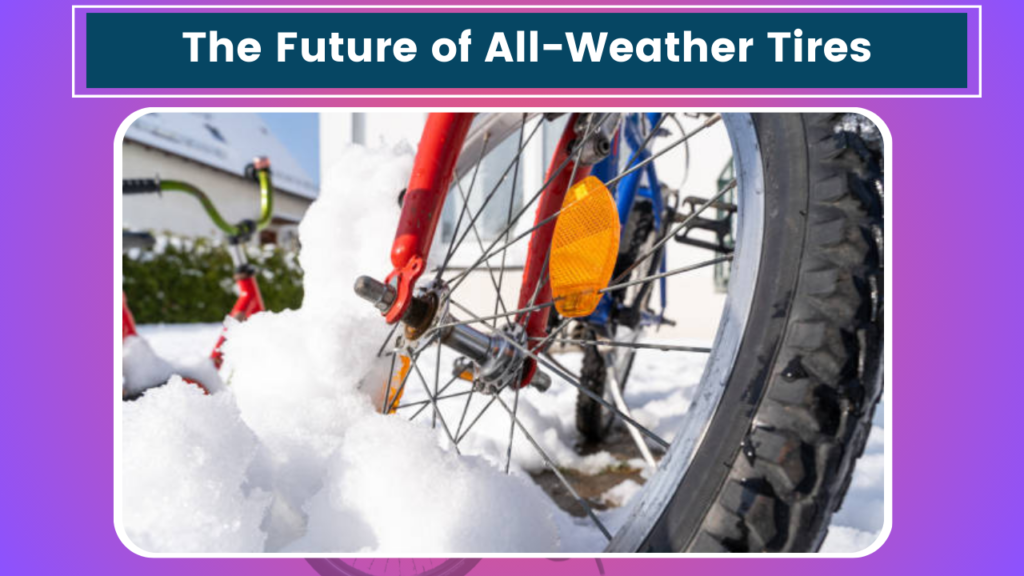
Wrapping Up
At the end of the day, all-weather bike tires are a fantastic option for cyclists who want to ride year-round without the hassle of swapping tires with the seasons. They offer a great balance of performance, durability, and versatility that can keep you rolling through whatever Mother Nature throws your way.
Are they the right choice for everyone? Maybe not. If you’re a hardcore racer or an extreme weather enthusiast, you might still prefer specialized tires. But for the average cyclist – whether you’re commuting to work, enjoying weekend rides, or just cruising around town – all-weather tires can be a real game-changer.
So, the next time you’re hesitating to go for a ride because the weather looks iffy, remember: with the right tires, every day can be a good day for cycling. Now, if you’ll excuse me, those clouds are starting to clear up, and I think it’s time for me to hit the road. Happy riding, folks!
